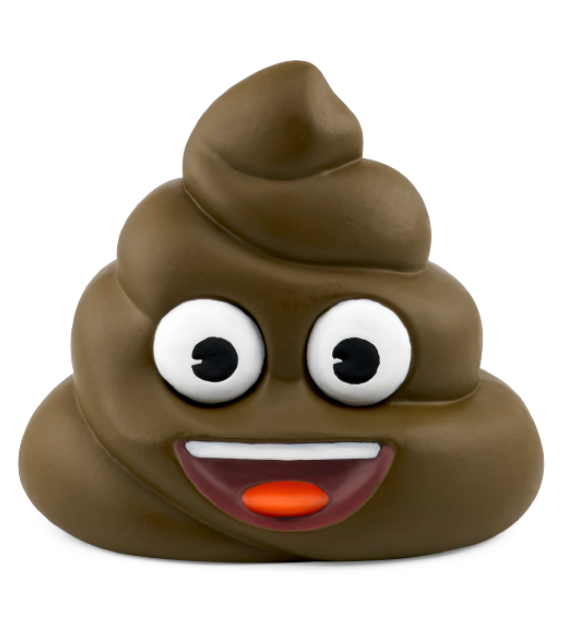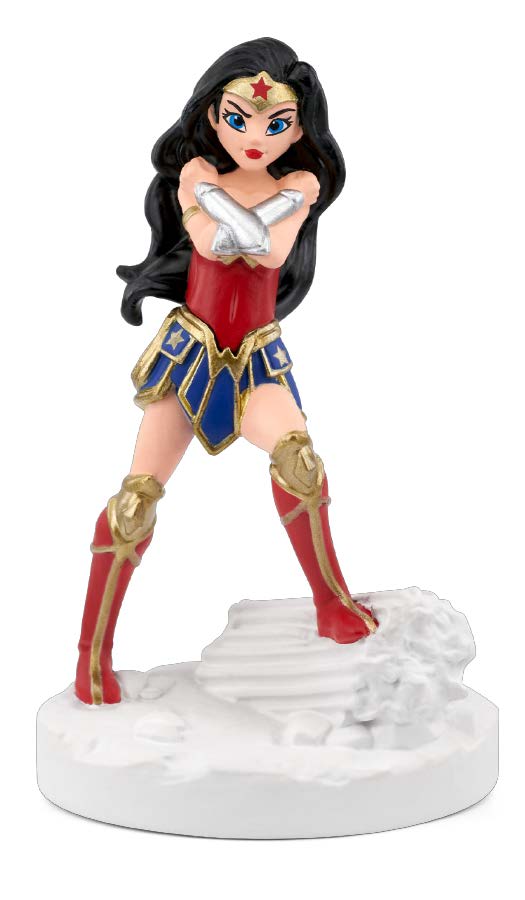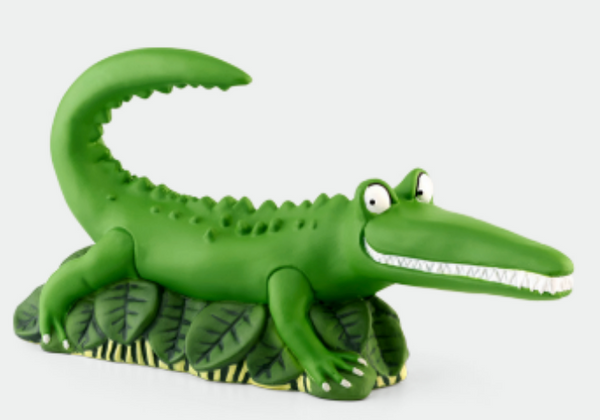Let’s talk poop.
When babies start solids—either whenever your mom starts bugging you to, or around 8 to 10 months if you’re starting baby led weaning—get ready for a fun surprise.
If you’ve been breastfeeding up until now, you have been enjoying fairly odorless diapers. Not always pleasant, but it’s nothing compared to what’s coming. Because after baby starts solids, you’re in for a real treat!
When baby starts solids, you’ll discover that poop comes in every color of the rainbow. And many different textures. This can be really alarming if you’re not expecting it, however. Many colors and textures are totally normal depending on what baby has eaten.
Here are a few discoveries I have made over the years.
Foods with more fiber than I ever thought possible: Carrots, corn, peas, tomato skins, raisins, bananas. These foods may appear in original form in your baby’s poop. Super fun if you are cloth diapering. I found tomato skins the most alarming, since they may look like blood at first glance. Carrots, corn, peas, raisins, and other bite-sized foods may appear unchanged. Bananas leave weird, black strings. As your baby’s digestive system gets used to solids, the diapers won’t look as much like last night’s dinner plate.
Foods that make everything change color: Berries, carrots, spinach. The first time my kids discovered blueberries, they gorged themselves. My kids love every kind of berry. Blueberries won’t stain your cloth diapers, but they will create a hue of poop that will cause you to pause and take stock of all the blue crayons in the house. This is normal. Foods with a lot of pigment will turn your baby’s poop that color. The good news is that weird-colored poop is almost never an indication of a digestive problem; it’s just gross.
Also super fun: Hair. If you, your spouse, or other children have long hair, you’ll likely find yourself pulling a single, long hair out of baby’s butt at least once during a diaper change. I don’t know why or how any of my kids ate my hair, but it’s happened with all three around the crawling/mouthing stage. All you can do to prevent this is to sweep or vacuum frequently in areas where baby is crawling, or wear a ponytail/bun/topknot when you are in these areas. A single hair here and there won’t be a problem, but keep baby away from large amounts, such as after a home haircut or if you have pets with thick fur that shed.
Poop should generally be the consistency of hummus. It’s not always possible to ID a poop problem in a diapered baby since the specimen has often been jumped on, sat on and fallen on by the time you get to it. Poop should be soft, whatever color it is, and not watery or mucousy. Hard pellets are a sign of constipation. Diarrhea is always a sign of problems, but can usually be treated with breastfeeding as long as there are no other symptoms, like fever or vomiting, and it doesn’t last more than a day or so.
If the changes in your baby’s diaper alarm you, or if you want to be sure that any changes are food-related, keep a food diary as you feed baby that you can refer to after any alarming diapers. As always, consult your doctor or naturopath if you notice anything consistent that worries you or if baby is in pain or uncomfortable.
Erin Burt is a freelance writer and mom of three. She lives and writes in Oklahoma City.








